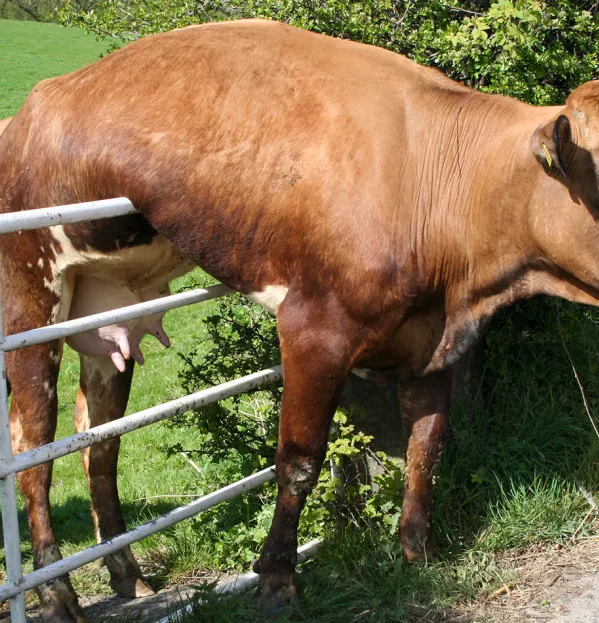“What should you do if you get stuck?”
When I asked my Year 5 pupils this question, the response was surprising.
They told me, very proudly, that they would put up their hands and ask an adult.
I know that this response is pretty common: I often recommend that teachers I work with ask this question too, and whether they teach children in key stage 1 or sixth form, for many of them, the response - “I’d ask an adult” - remains the same.
While this is, of course, better than nothing, it can be problematic in a classroom with just one adult and 30 pupils: if you’re not careful, it can quickly result in a sea of hands or a queue of pupils patiently snaking around the classroom.
If we want pupils to be able to work more independently, including when they experience challenges in learning, we need to equip them with more strategies that they can use without the assistance of an adult.
The stuck list: how it works
To do this in my classroom, I’ve created a stuck list.
At the beginning of the academic year, I talk with my class about what they can do when they feel stuck. Together, we generate ideas and record them on our stuck list. This is a key feature of my working wall displays; it’s handwritten, and we add to it regularly throughout the year as we think of more ways that pupils can seek support when they need it.
The strategies can be specific to a particular task or subject (such as using a paper or online dictionary to support spelling and word choice when writing) or more general (such as re-reading any instructions for the task, looking at previous work in their books for support, or at any examples given on the board).
The list also includes turning to the person next to you for help: pupils can support each other by giving advice and clues to break into a task or overcome a particular challenge.
So far, it’s been successful: my pupils only ask for help once they’ve exhausted all the other options. But also, the list has helped to open up discussions around how learning happens and pupils’ role within this. This enables us to be really explicit about pupils’ responsibilities and our expectations around independent working, supporting them to take a more proactive approach and assume increased ownership and control.
These discussions also develop pupils’ metacognition and self-regulation, helping them to understand some of the ways in which they learn effectively, as well as how to identify and address barriers to learning. By helping pupils to become more aware of themselves as learners, we can support them to become more resilient when they do become stuck. Having regular discussions about what to do when we’re feeling stuck normalises this, helping pupils to know that this is a common part of the learning process and something that can be overcome with perseverance and effort.
So, the next time you’re met with a sea of hands asking for help, consider giving stuck lists a go: it may be the first step to helping pupils help themselves.
Dr Kirstin Mulholland is a lecturer in education at Northumbria University




